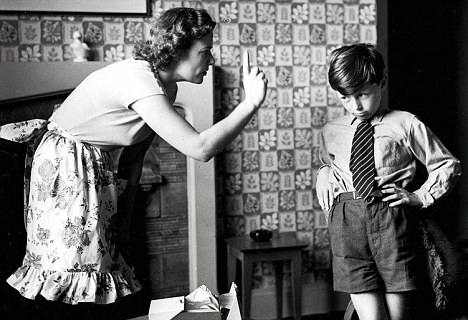
New Year’s Resolution
New Year’s arrival inspires us to make hopeful predictions about the future. It’s a curiously strong tradition that most of us uphold – even when our ideas don’t often pan out. So why do we feel compelled to keep doing this?
Our ancestors hardwired us to see the world through an imaginary crystal ball. We can’t help ourselves – the conscious brain’s main purpose is to make predictions. Jeff Hawkins, author of A Thousand Brains, explains: “Prediction is not just one of the things your brain does. It is the primary function of the neo-cortex and the foundation of intelligence.”
To deal with uncertainty, we enlist the neurobiology of prediction. In other words, we assess the environment and guess what will happen next. The brain loves predictability because the threat level is already known, so whatever decisions we need to make require less energy and generate less stress than when the degree of threat is uncertain.
While this function used to keep us safe from wooly mammoths, it’s now about getting us through the day. Simplifying the world through prediction makes our experiences more manageable, takes less brain power, and can make life feel more enjoyable. The trouble is, we can get ourselves stuck in overdrive.
Here’s why: two parts of the brain are always working in partnership: the prefrontal cortex (creative thought, problem-solving, attention) and the limbic system (emotions, memories, survival). When we feel secure that things are under control, we’re operating calmly from the prefrontal cortex. But when things get complicated – unexpected variables, too much environmental stimulus, an onslaught of information to sort through – the limbic system flips us into the dreaded flight/fight/freeze mode.
We’re all living in a period of constant upheaval. The world feels unstable, we’re endlessly busy, and our kids are ticking time bombs of tantrums and out-of-control behavior. When something goes awry, such as getting stuck by a train or not getting a prompt response to an important text, our already heightened state of arousal flips directly into flight/fright/freeze. Everything feels like a crisis – and we’re desperate for resolution so we can calm our system.
We see this same phenomenon in our kids all of the time. The world is still new and often overwhelming. They are operating in a heightened state of arousal whenever events feel unpredictable. Their limbic systems are poised and ready to take over at a moment’s notice. Add a couple of caregivers who are modeling high-stress responses to mini-fires into the mix, and things can spiral out of control quickly.
So this year, consider adding a new resolution to your list on behalf of your brain, and the brains of all the children in your life. As you feel yourself flipping into ancestral fight/fright/freeze mode come January, take a couple of deep breaths to hold the limbic system at bay. Then take a quick moment to assess the scene – is this something I need to predict and control after all? Or will I likely survive (and even thrive!) no matter what comes?

About the Author
Kerry Galarza, MS OTR/L is the Clinical Director and a pediatric occupational therapist at Elmhurst Counseling. She provides specialized assessment and intervention with children of all ages and their families. Kerry engages clients with naturally occurring, meaningful home-based methods to empower autonomy and maximize functioning.






